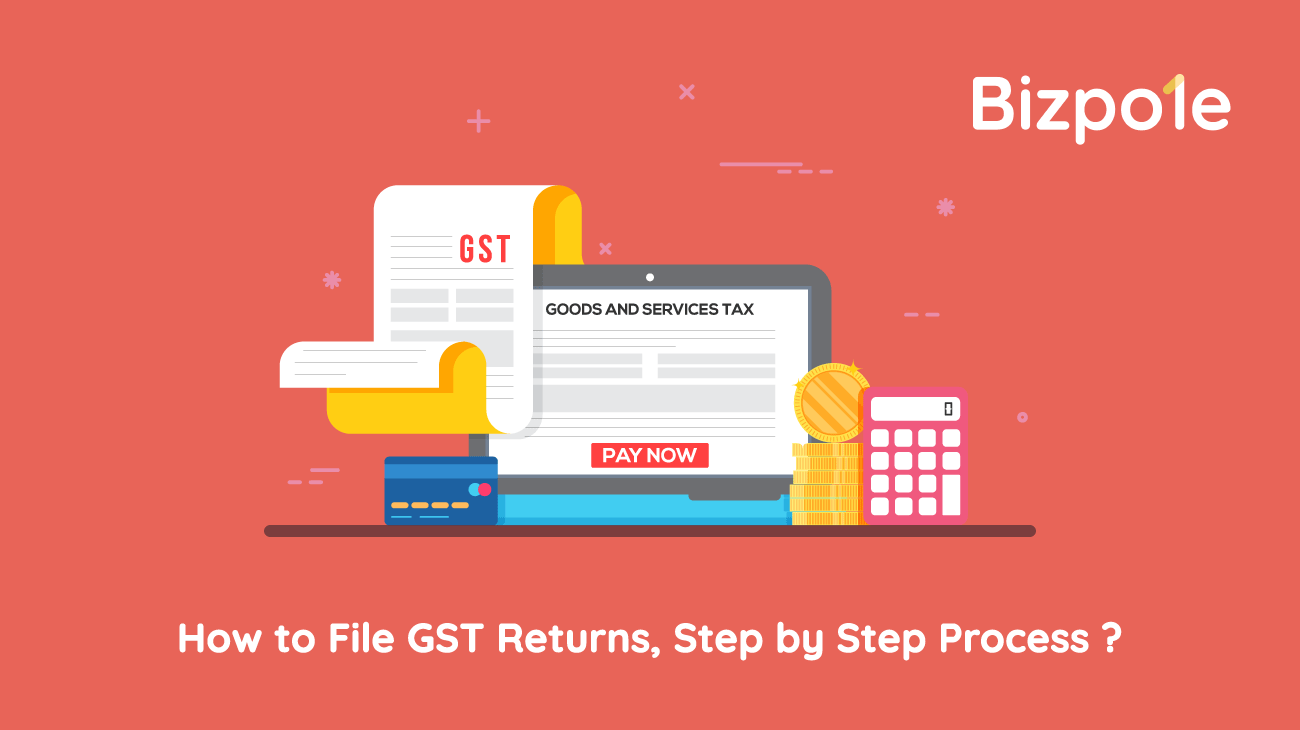Introduction:
India’s Goods and Services Tax (GST) system has been introduced to simplify the country’s tax system and make it more efficient. Every business in India with a turnover of over 20 lakh is required to register for GST and file regular GST returns. GST registration is a crucial process that every business in India must undergo to comply with the GST laws and regulations.
Filing GST returns can be a daunting task for businesses that are new to the process. However, by following a step-by-step process, businesses can file their GST returns with ease. In this blog post, we will discuss the step-by-step process of how to file GST returns, including GST registration in India. This blog will help businesses understand the process and ensure they remain compliant with the GST laws and regulations.
How to File GST Returns – Step-by-Step Process:
Step 1:Register on the GST Portal & Get Your GSTIN
The first step in filing GST returns is registering on the GST portal and obtaining your GSTIN. The GSTIN is a unique identification number that serves as your business’s identification number in the GST system. To register on the portal, you must provide your basic business information and upload the necessary documents. Once your registration is approved, you will receive your GSTIN, which you can use to file your GST returns.
Step 2: Collect the Necessary Documents
To file your GST returns, you must collect the necessary documents related to your business transactions. These documents include invoices, bills of supply, credit and debit notes, and any other supporting documents related to your business transactions. You should ensure that these documents are accurate, complete, and match the details provided in your GST return. This will help avoid errors or discrepancies in your GST return, which may lead to penalties or legal consequences.
Step 3: File Your GST Returns
This involves submitting the details of your business transactions for a given tax period through the GST portal. You should ensure the details are accurate and complete to avoid errors or discrepancies in your GST return. Once you have filed your GST return, you will receive a confirmation message, and your GST liability will be calculated. You can file your returns monthly, quarterly, or annually, depending on your business’s turnover.
Step 4: Calculate Your GST Liability
This involves determining the amount of GST payable or receivable for a given tax period. The GST liability calculation depends on the type of business and the nature of the transactions. To accurately calculate your GST liability, you should maintain proper records of your sales, purchases, and other business transactions
Step 5: Pay Your Tax Liability
After filing your GST returns, you must pay your tax liability on the GST portal. You can pay your taxes using various payment options, such as net banking, credit card, or debit card.
Why Choose Bizpole for GST Returns?
Choosing the right partner for GST compliance is crucial for any business. Bizpole is reliable and trusted by startups, small businesses and fortune 1000 companies for GST registration in India and trademark registration in India. Their team of experts offers end-to-end solutions for GST registration, returns filing, and compliance. They provide timely and accurate services, ensuring compliance with all GST laws and regulations.
Bizpole also offers a user-friendly platform for hassle-free GST compliance, and its services are affordable and transparent.



















